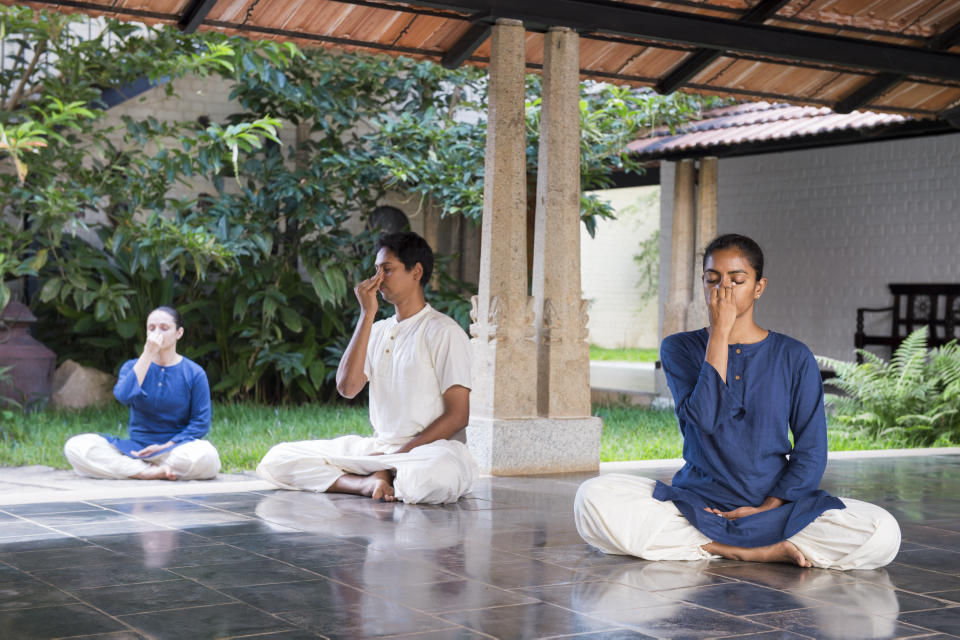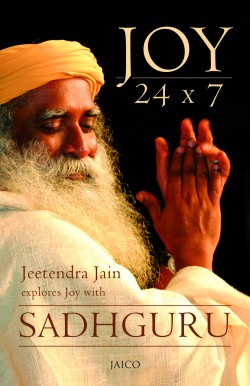Thousands of years ago, there were scientists who explored the deep relationship between the breath and the mind through breathing exercises. These inner scientists in deep study made many discoveries through simple observation of deep breathing and deep breathing exercises. They spent countless hours simply watching the breath and noticing what happens next in the mind and body. They explored subtle manipulations of breath, thereby creating breathing exercises. Some breathing exercises are simple whereas others are complex and elaborate. These eventually evolved into what is now known as a system of yogic techniques. There are many benefits of deep breathing that range from short term relief to long term changes. Essentially, what these inner scientists discovered is that if you can change your breath, you can change your life.
Imagine that. You have the means quite literally at the tip of your nose, to change your life. With breathing exercises, you have the technology to access your mind and direct your life the way you want it.
This is good news for those who are feeling overworked, disengaged, and burned out, which includes many of us. In fact:
- According to a Staples Advantage study 53% of Americans feel burned out
- According to Glassdoor 61% of people work while on vacation
With this much power within our reach, isn’t it interesting that sometimes you forget to breathe or your breathing is shallow? Ever notice when you do forget to breathe and when you suddenly do take a deep breath, it feels really good. The sensation is pleasant and refreshing. It’s hard to take just one. So, you continue with the deep breathing for a few more breaths and notice your mind and body slowing down. Perhaps it brings you into the present moment as well. You become aware of your surroundings and where you are.
Like these inner scientists, you can also make changes in your physiology with deep breathing exercises. Indeed, you can even make psychological changes. Ever hear of the expression: take a deep breath and count to ten when you are angry or stressed? There is so much practical wisdom in that statement.
Sadhguru shares more wisdom with regard to deep breathing:
Breath is not just the exchange of oxygen and carbon dioxide. For different levels of thought and emotion that you go through, your breath takes on different types of patterns. When you are angry, peaceful, happy or sad, your breathe goes through subtle changes. Whichever way you breathe, that is the way you think. Whichever way you think, that is the way you breathe.
The breath can be used as a tool to do many things with the body and the mind. Pranayama is the science where, by consciously breathing in a particular way, the very way you think, feel, understand and experience life can be changed.
If you travel through the breath, deep into yourself, to the deepest core of the breath, it will take you to that point where you are actually tied to the body.
If I ask you to watch your breath, which is the most common practice people do these days, you think you are watching the breath, but you are only able to notice the sensations caused by the movement of air. It is like, if someone touches your hand, you think you know the touch of the other person, but actually you only know the sensations generated within your body; you do not know how the other person feels.
If you travel through the breath, deep into yourself, to the deepest core of the breath, it will take you to that point where you are actually tied to the body. Once you know where and how you are tied, you can untie it at will. Consciously, you can shed the body as effortlessly as you would shed your clothes. When you know where your clothes are tied, it is easy to drop them. When you don’t know where it is tied, whichever way you pull, it does not come off. You have to tear them apart. Similarly, if you do not know where your body is tied to you, if you want to drop it, you have to damage or break it in some way. But if you know where it is tied, you can very clearly hold it at a distance. When you want to drop it, you can just drop it consciously. Life becomes very different.
Consciously or not, every human being is working towards this – they want to expand and this is the ultimate expansion. It is just that they are going towards the infinite in installments, which is a very long and impossible process. If you count – 1, 2, 3, 4 – you will only become endless counting. You will never reach the infinite. When one realizes the futility of this, he naturally turns inwards to do this – by untying the life process from the body.
In this video, you can learn a simple 5 minute yogic breathing exercise. It is called Nadi Shuddhi and creates a balanced system and psychological wellbeing that you can experience right away.
-
Beena George August 11, 2015 at 12:11 pmThank you for this wonderful article and practice. I am planning to practice it daily as my health is totally deteriorated. Almost every part of my body is sick. I hope i can bring back my health and harmony in my system with this. thank you.
-
bhavesh August 11, 2015 at 1:04 pmHello, just a quick question. When I was a Little boy i had polio in my right arm, so it's hard for me to do Naddi Shuddi. My right arm is very weak so i was wondering if i can use my left hand to open and close my nose and leave my right hand onto my lap. Thanks Bhavesh
-
Abhishek August 17, 2015 at 7:56 pmHello Bhavesh, The practice is designed to be done using the right hand. If you are finding it difficult, you can place a few cushions between your right elbow and right thigh which might make it more comfortable. Regards Abhishek
-
Amod August 18, 2015 at 10:15 amNamaskaram Bhavesh, Our Isha Hatha yoga teacher has the following advice, "you can place a cushion between your right elbow and thigh to make it more comfortable, but do not use you left hand" Pranam
-
Eriv July 15, 2016 at 5:18 amIm a bit confused - upa yoga plus the other techniques is a lot like inner engineering. Which one to do?
-
PRACHETAS April 20, 2017 at 2:11 amIt is advised in the video depicting nadi sudhhi where the lady is demonstrating breathing in and and out in the same nostril at one time instead of using alternative nostrils for which the technique is otherwise called alternative breating or Olam vilam....As I have started using the way as it is demonstrated in the video to use the same nostril to breathe in and breathe out shall I continue this way? And what about the alternative breathing technique ? which is advisable for which purpose?
-
B D October 3, 2019 at 7:59 amThis is my question too. The lady is using the same nostril . I have been performing Nadi Sudhi since last 10 years through alternate nostril. Now I am confused...which process to follow?
-
-
luiz andre de las casas lima March 17, 2018 at 3:56 pmi have deviated septum and this makes difficult to perform naddi shuddhi. What should I do?
-
Kabeer December 14, 2018 at 1:50 pmI am having some sensations and blockage in neck region creating sense of force to breathe through mouth and a sense of difficulty breathing what should I do ? Please clarify
-
avtar January 29, 2020 at 10:37 amNamskaram. I am 27 n suffering from stomach ailments and Vata dosha. Doc said that my vata is highly imbalanced. My body absorbs very less and also i have become weak. please suggest something.





